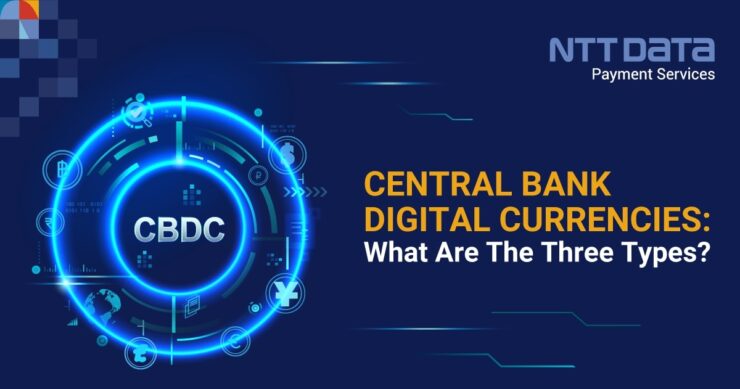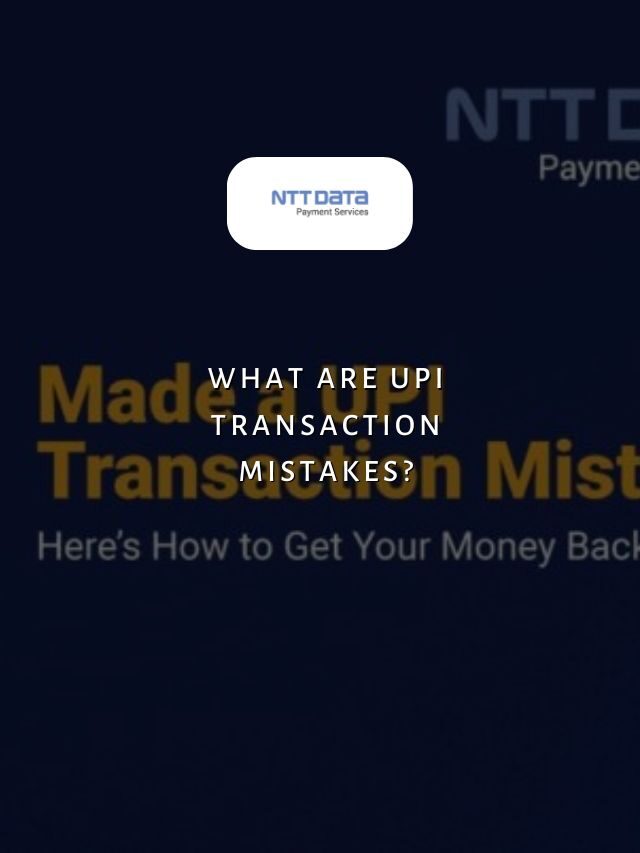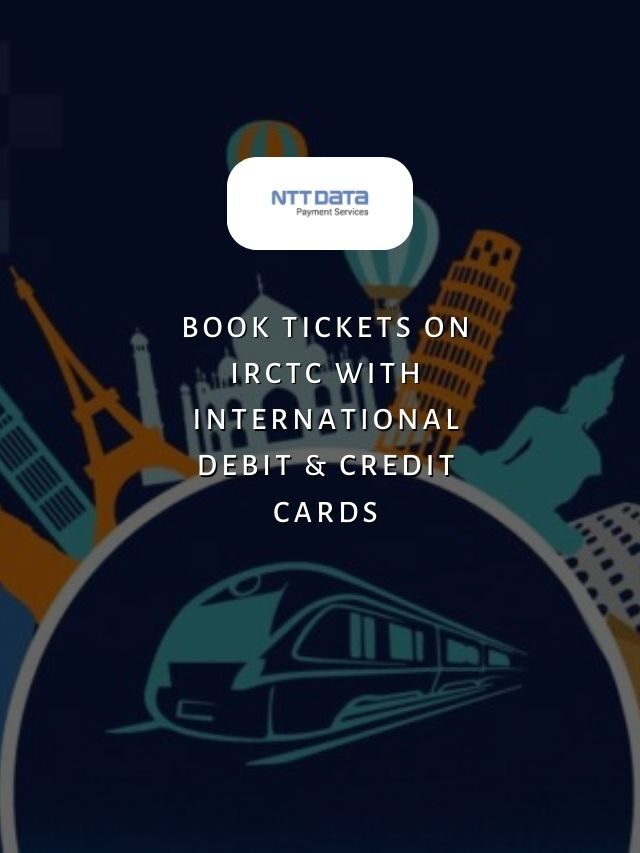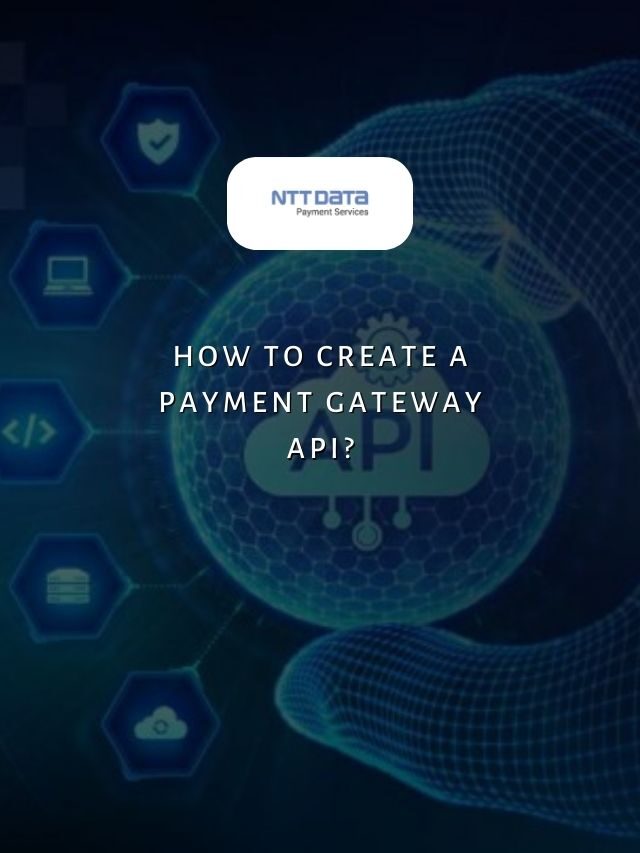
Table of Contents
- 1 Recent Web Stories
- 2 Direct CBDC And Indirect CBDC: What’s The Difference?
- 3 3 Types Of Central Bank Digital Currencies (CBDCs)
- 4 The Potential Benefits and Challenges of Implementing CBDCs
- 5 Has RBI Launched CBDCs Yet?
- 6 Conduct Seamless Digital Transactions With NTT DATA Payment Services
- 7 Conclusion
- 8 Frequently Asked Questions (FAQs)
As the world becomes increasingly digital, the Reserve Bank of India (RBI) is considering joining the trend by exploring the potential of Central Bank Digital Currencies (CBDCs). But what are CBDCs, and what are the three different types? Let’s find out!
So, in simple terms, Central Bank Digital Currencies (CBDCs) are the digital counterparts of fiat currencies issued and backed by the central bank of a country. These currencies are intended to be used as legal tender for payment and transaction purposes.
In India, the Reserve Bank of India (RBI) has been researching and exploring the potential of CBDCs for quite a while now. They have also already launched the first pilot of the Digital Rupee- Retail segment (e₹-R) on December 01, 2022.
And just like that, there comes the need to understand the various types of Central Bank Digital Currencies CBDCs before considering their implementation.
In this blog post, we will learn more about the three types of CBDCs t and their differences. We will also explore the potential benefits and challenges of implementing CBDCs in India, and provide insights on how this technology could potentially impact the Indian economy and even become the future of currency in no time!
Recent Web Stories
Direct CBDC And Indirect CBDC: What’s The Difference?
Direct CBDCs
They are issued and backed directly by the RBI and can be used as digital legal currency. Like physical cash, they can be used for everyday transactions and are often accessible to the public via smartphone apps or other digital payment channels.
Indirect CBDCs
Though these are issued by the central bank, they are not directly accessible to the public. They are instead issued to banks or other financial institutions, who then distribute these to their consumers. Indirect CBDCs can only be used between financial institutions and not for everyday transactions.
Payment Gateways For NGOs: Maximizing Impact through Secure Transactions
The decision to issue direct or indirect CBDCs is influenced by a number of factors, including the central bank’s goals, the status of the financial system, and the needs of the economy.
By understanding the differences between direct and indirect CBDCs, policymakers and stakeholders can make more informed decisions about how to design and implement this emerging technology.
3 Types Of Central Bank Digital Currencies (CBDCs)
There are generally three types of CBDCs: retail, wholesale, and hybrid.
1. Retail CBDCs
These are the most widely acknowledged CBDCs and are intended for general public use. Retail CBDCs are designed to work as a digital currency equivalent, allowing users to make everyday payments and transactions.
Retail CBDCs are available to the general public via digital wallets, smartphone apps, or other payment systems.
2. Wholesale CBDCs
Wholesale CBDCs are intended for use between financial institutions, such as banks, and are not meant for direct access by the general public. They can be used to support high-volume, high-value transactions like interbank transfers and securities settlements.
3. Hybrid CBCDs
Hybrid CBDCs, as the name implies, combine features from both retail and wholesale CBDCs. Hybrid CBDCs are more adaptable than the other two forms as they can be used by both the general public and financial institutions.
Depending on the user’s demands, hybrid CBDCs can be used for both everyday transactions and large-value purchases.
It is important to note that the specific design and implementation of CBDCs might vary depending on the central bank issuing them and the demands of the economy.
While the three categories of CBDCs provide an important basis for understanding the potential of CBDCs, new types of CBDCs may develop as technology develops.
The Potential Benefits and Challenges of Implementing CBDCs
Central Bank Digital Currencies (CBDCs) have the potential to revolutionize the way we make payments and conduct transactions. There are many advantages and disadvantages of CBDCs that must be addressed.
Potential Benefits of CBDCs
- Increased financial inclusion: CBDCs can give unbanked or underbanked people access to digital payment services, allowing them to engage more fully in the economy.
- Improved payment efficiency: CBDCs can provide a more efficient and secure payment infrastructure, decreasing transaction time and cost.
- Enhanced monetary policy: They can provide central banks more control over the money supply, allowing them to manage inflation and other macroeconomic factors more effectively.
- Greater financial stability: They can help to make the financial system safer by reducing the risk of bank runs and other sorts of financial crises.
Challenges of Implementing CBDCs
- Technical complexity: CBDCs require complex infrastructure and sophisticated technology to ensure they are secure, reliable, and accessible to the public.
- Cybersecurity issues: They are vulnerable to cyberattacks, which can jeopardize the financial system’s security and stability.
- Potential disruption to financial intermediation: CBDCs have the potential to undermine the function of banks and other financial intermediaries, with unforeseen consequences for financial stability.
- Regulatory and legal frameworks: CBDCs present several legal and regulatory issues, including how they will be controlled and how they will interact with existing financial regulations.
Overall, the benefits and challenges of CBDCs must be carefully assessed and evaluated to determine whether they are the best option for the economy in question.
While CBDCs have the potential to provide significant benefits, they also come with risks that must be carefully managed to ensure the stability and security of the financial system.
Has RBI Launched CBDCs Yet?
In December of last year, the Reserve Bank of India (RBI) introduced the Central Bank Digital Currency (CBDC) for retail transactions.
CBDC-R, or retail e-rupee, was launched nearly a month after the wholesale e-rupee. The RBI’s retail e-rupee was initially introduced in four major cities, including Mumbai and Delhi, in an approach similar to the latter’s introduction.
According to official updates, the RBI’s digital currency pilot encompassed select regions in a closed user group (CUG), which included participating customers and merchants. Some banks, including the State Bank of India (SBI), HDFC Bank, ICICI Bank, IDFC Bank, and others, participated in the initial round.
Conduct Seamless Digital Transactions With NTT DATA Payment Services
If implemented successfully, a CBDC, along with other multiple forms of digital payments, could potentially improve financial inclusion, reduce transaction costs, and provide the government with greater visibility into the economy.
NTT DATA Payment Services offers a complete payment solution to advance both your offline and online businesses from,
- Payment Gateway India
- POS machines
- IVR payments
- Mobile applications, and
- Bharat QR Scan and Pay
We ensure maximum comfort, convenience, and safety for all your payments.
Conclusion
Central Bank Digital Currencies (CBDCs) are an emerging technology that has the potential to transform the way we make payments and conduct transactions. India is currently exploring the possibility of introducing a CBDC, with the Reserve Bank of India (RBI) conducting a pilot project for a digital rupee.
While there are three types of CBDCs – retail, wholesale, and hybrid – the specific design and implementation of a CBDC for India would depend on the unique needs of the Indian economy.
Overall, the potential benefits of CBDCs are significant, and with careful planning and execution, India has the opportunity to lead the way in adopting this innovative technology.
| Also, you can get frequent updates on nttdatapayments Instagram page. |
Frequently Asked Questions (FAQs)
1. When was CBDC established in India?
The Government of India announced the launch of CBDC in the Union Budget presented to Parliament on February 1, 2022.
2. Are CBDCs based on blockchain technology?
CBDCs can use blockchain technology, although it is not required. Some central banks are looking into alternative CBDC technologies, such as distributed ledger technology (DLT) or centralised databases.
3. How is CBDC different from online banking?
CBDCs differ from online banking in that they are a digital version of central bank money, whereas online banking is a commercial bank service that allows consumers to access their accounts and conduct transactions electronically.







